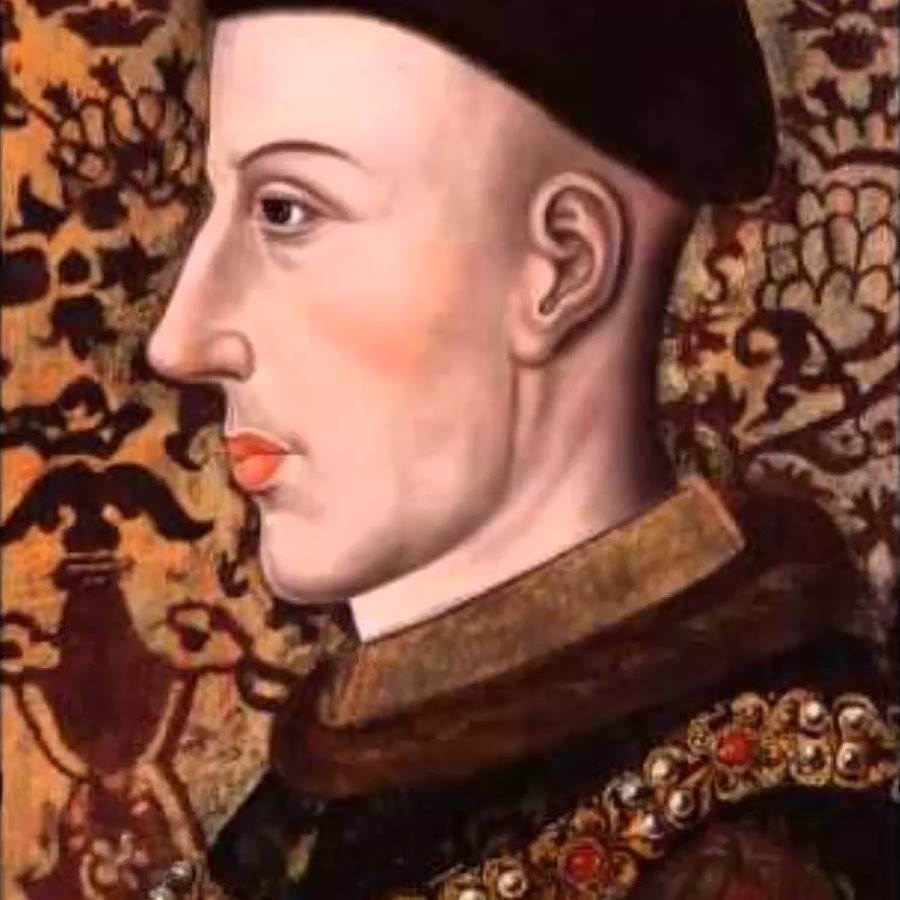
Renaissance Music 1450-1600
 Start your research by reviewing the resources available on this page and the databases listed on the Year 9 Music page. Search WorldCat for items in our library and carefully select which databases and encyclopedias will be of most use to your purpose or task. Think about your search terms carefully and refine them as you learn more about the topic. The links below provide a starting point for information about Renaissance Music. Documentary evidence for the Renaissance Period is sometimes incomplete and you may find different dates cited in various sources.
Start your research by reviewing the resources available on this page and the databases listed on the Year 9 Music page. Search WorldCat for items in our library and carefully select which databases and encyclopedias will be of most use to your purpose or task. Think about your search terms carefully and refine them as you learn more about the topic. The links below provide a starting point for information about Renaissance Music. Documentary evidence for the Renaissance Period is sometimes incomplete and you may find different dates cited in various sources.
Click on an article to hear the music and its importance and relation to Renaissance times.
Heibrunn Timeline of Art History Music in the Renaissance.
As well as providing historic information, this article also contains images of Renaissance instruments including, the lute, Renaissance keyboards, Renaissance Organs and the viol. Click on the related links to the right of the page. The Metropolitan Museum of Art, NY, USA.

Giovanni Pierluigi da Palestrina c.1525-1594

Josquin des Prez c.1450-1521

John Dunstable c.1390-1453

Thomas Tallis

William Byrd 1543-1623

John Dowland
The Tallis Scholars, here in a live performance of Nunc Dimittis by Giovanni Pierluigi da Palestrina.
A special feature of the four-part and five-part Masses is Byrd's treatment of the Agnus Dei, which employ the technique which Byrd had previously applied to the petitionary clauses from the motets of the 1589 and 1591 Cantiones sacrae. The final words dona nobis pacem ('grant us peace'), which are set to chains of anguished suspensions in the Four-Part Mass and expressive block homophony in the five-part setting almost certainly reflect the aspirations of the troubled Catholic community of the 1590s.
One of England's most well-known and popular madrigals - Now is the month of maying is a frolicking 5-part choral piece. Lumina recorded this in the gorgeous acoustic of St Aloysius Church at Sevenhill, October 2019.

The Hofburg is the world's largest collection of musical instruments of the Renaissance. All the exhibits are very beautiful and very expensive. The sound of some of them can be heard.
Designed by The Early Music Shop of Bradford England. This cylindrical drum has two heads, one with a snare. When the drum head is struck with the drum sticks, the snare adds a vibration, or rattle, to the drum's din. The Renaissance style drums have a tension rim holding the skin head, and the snare is on the bottom head. This style of drum is a traditional military drum with a long history. They were used to mark time for marching or to signal during confrontations.